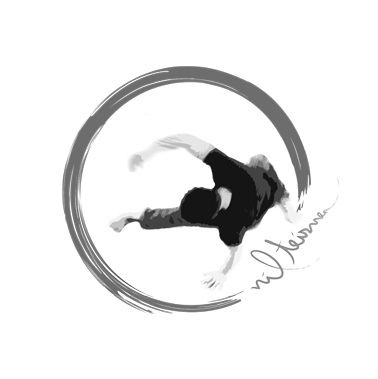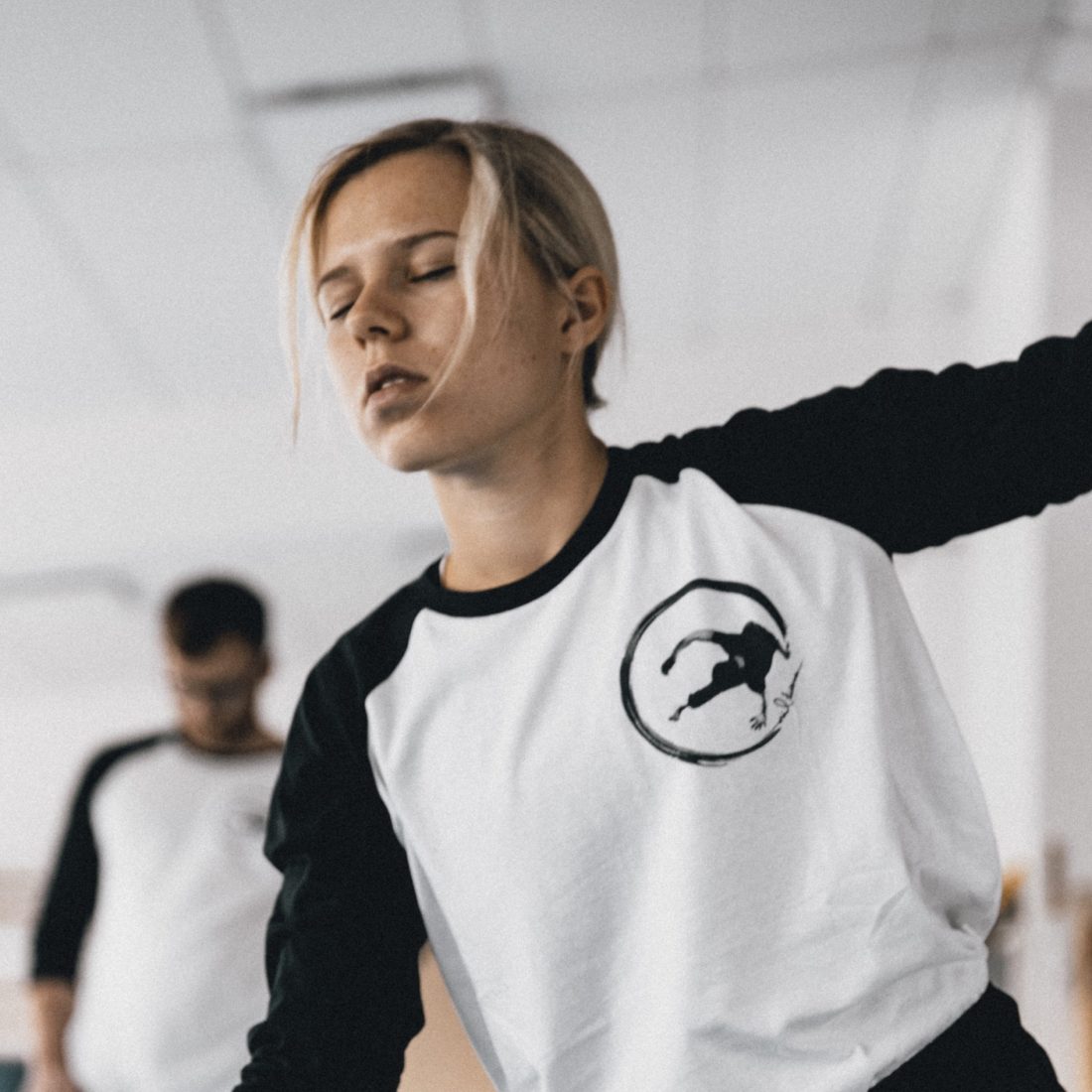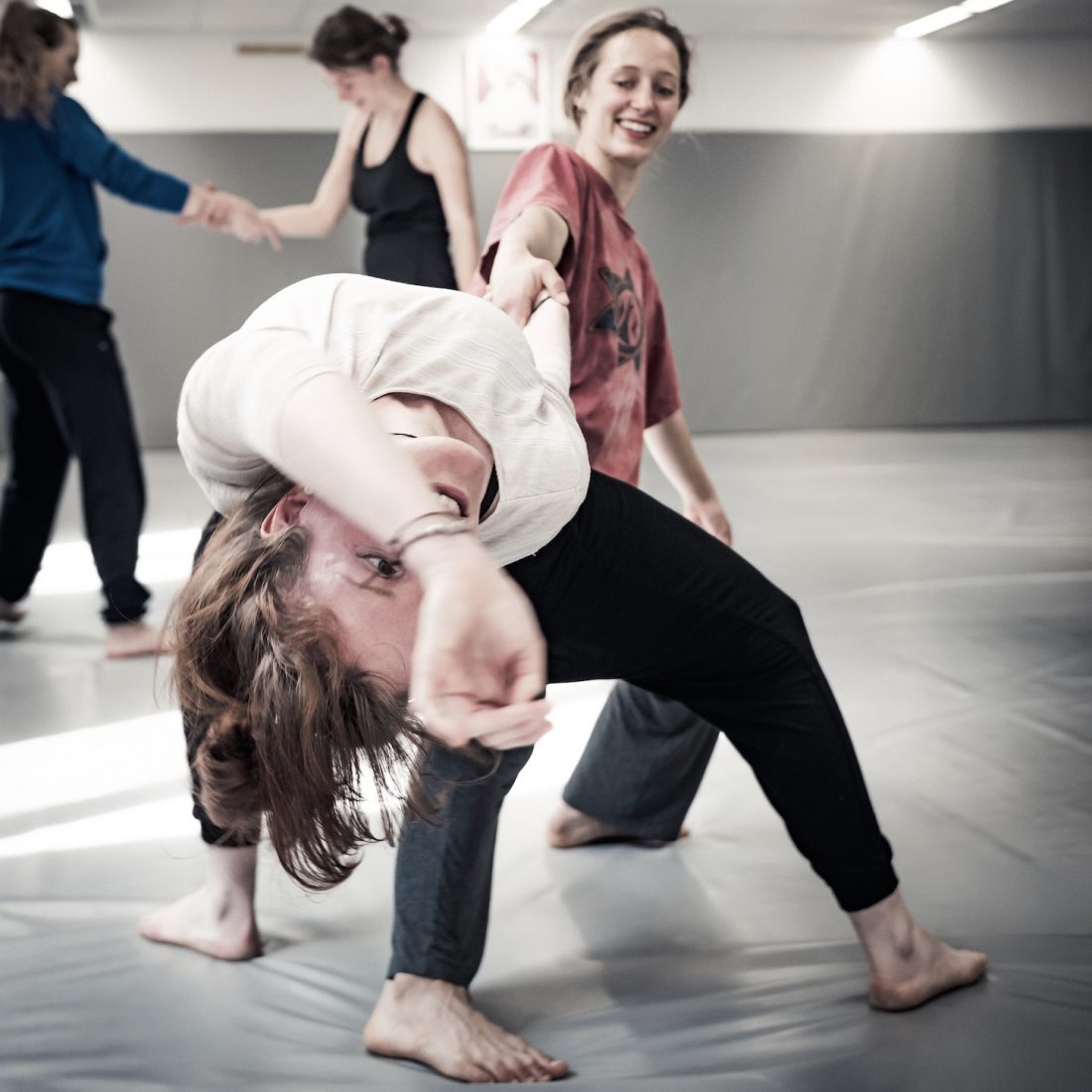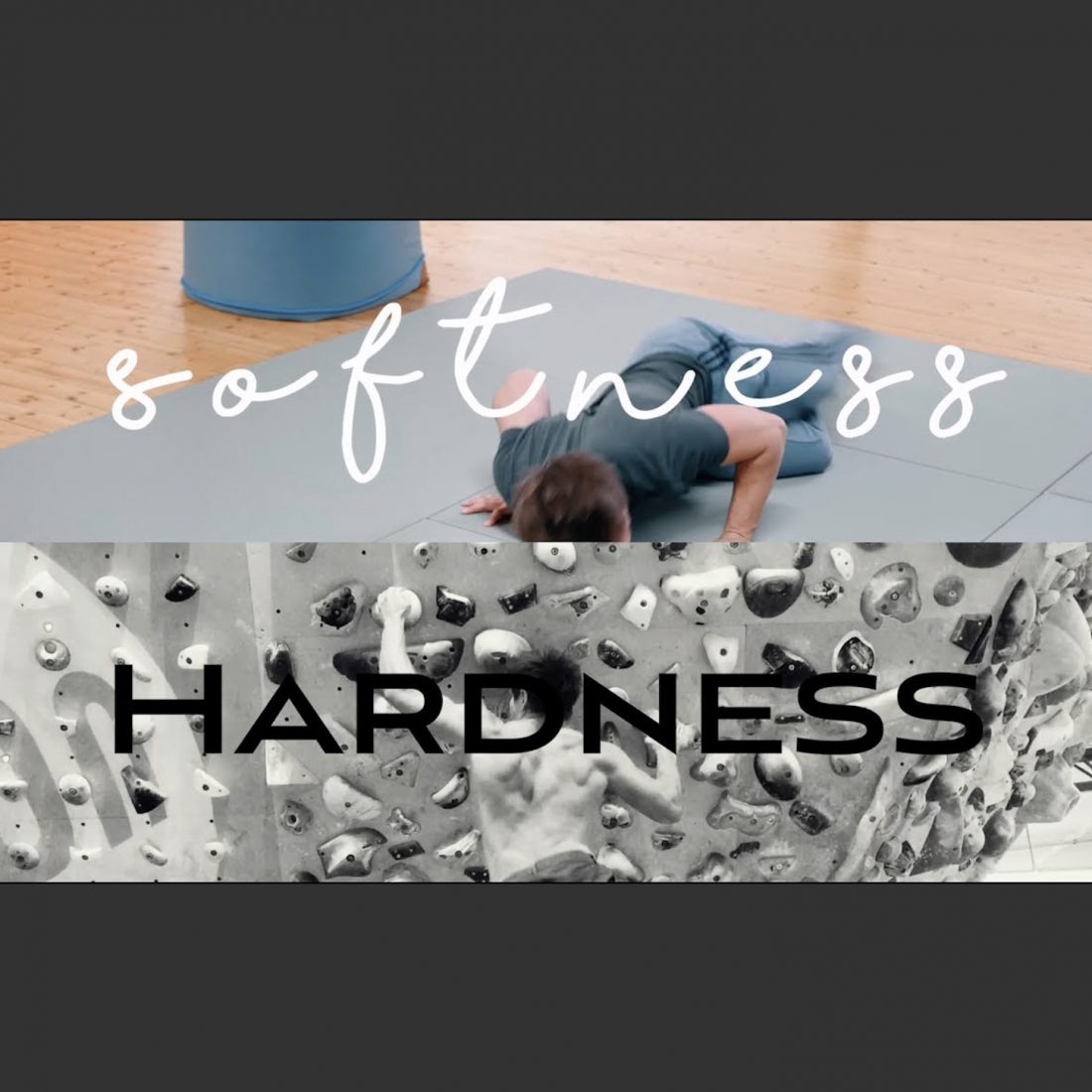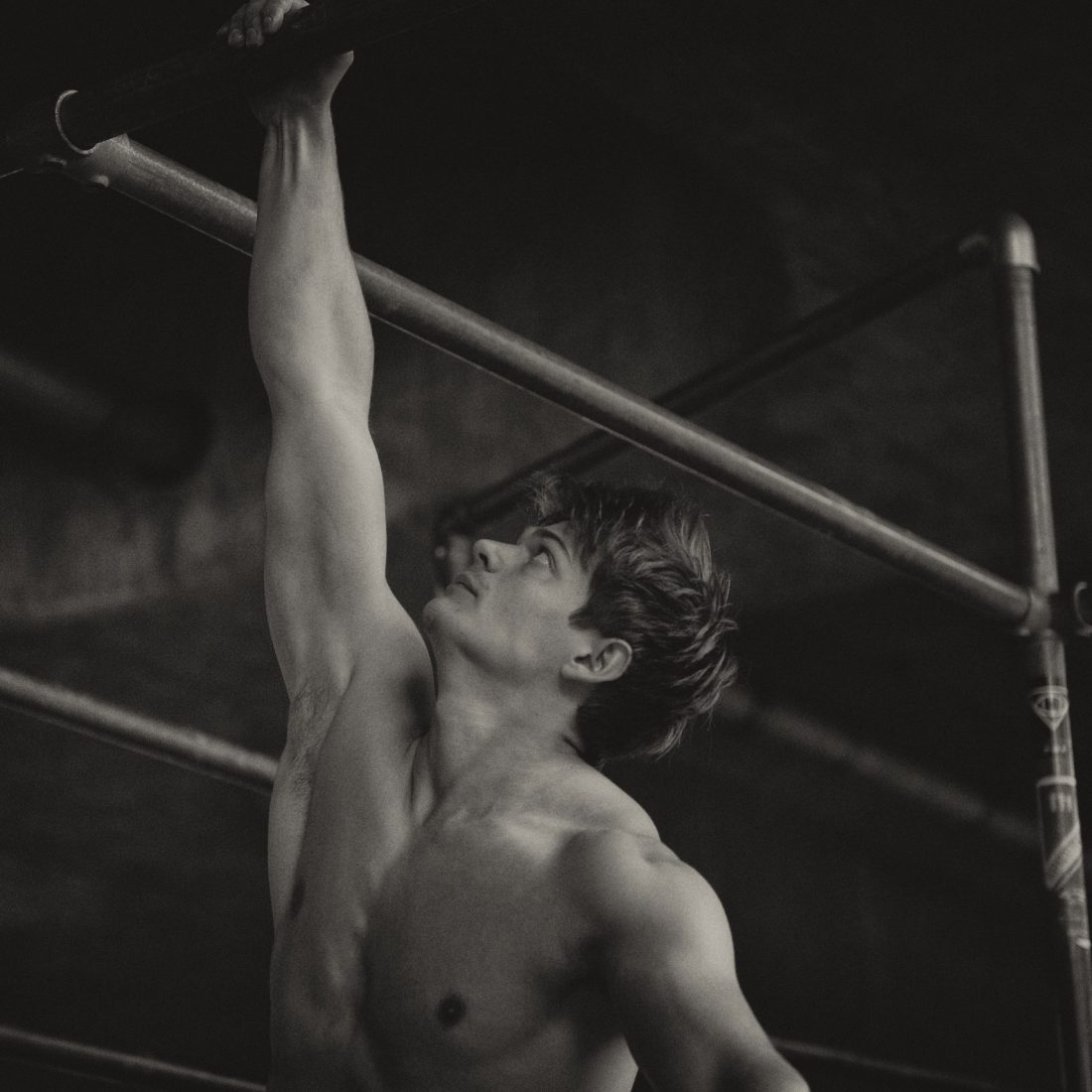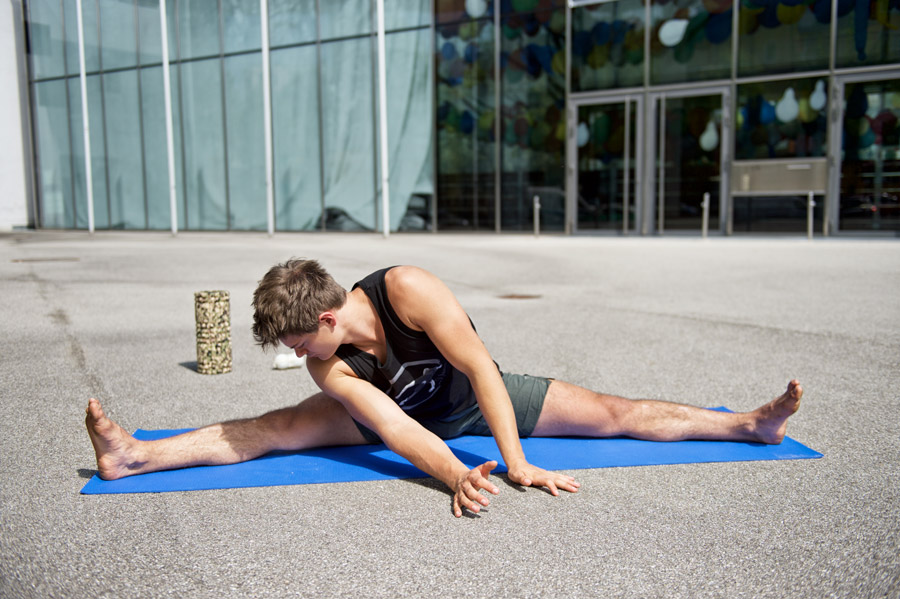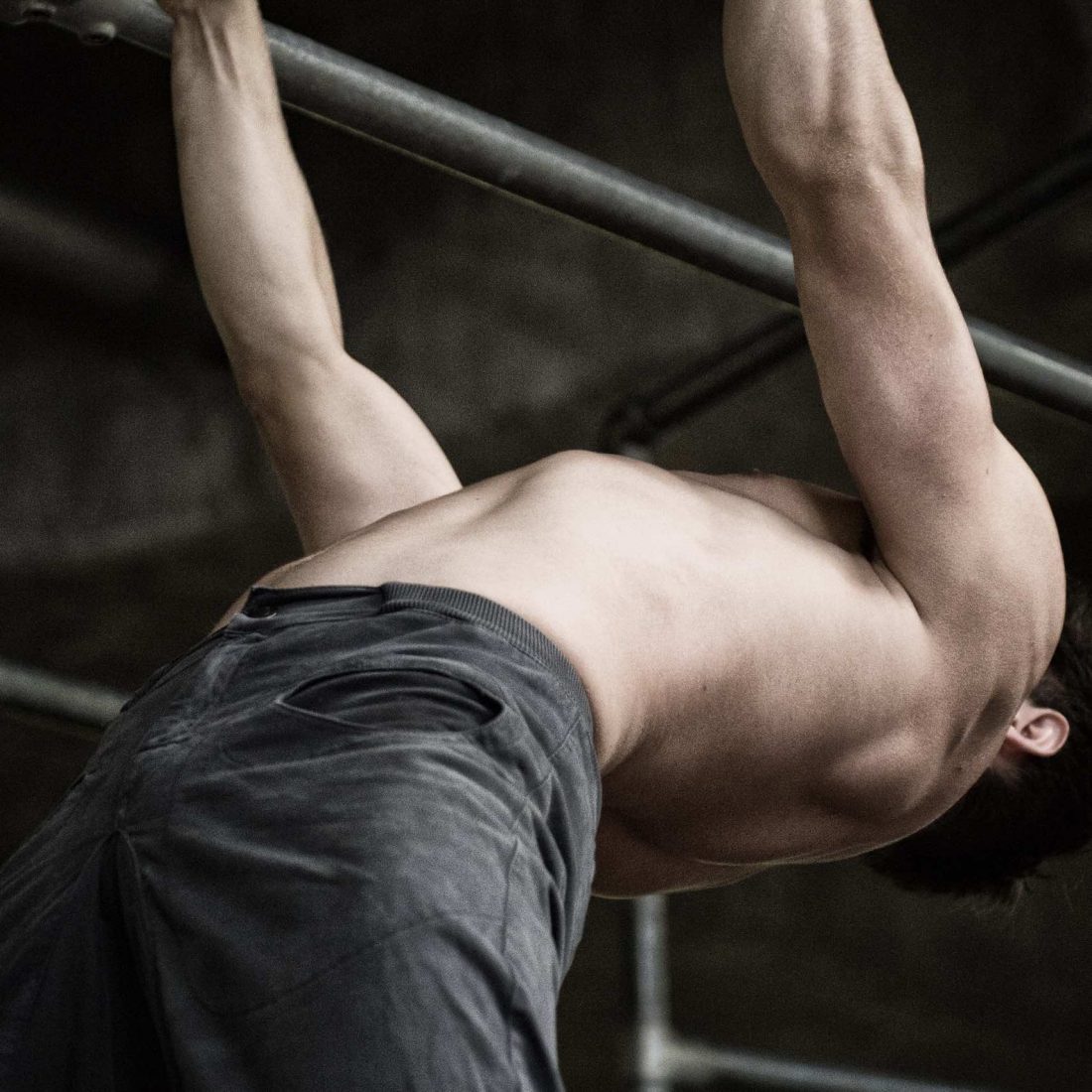Heute geht es um die Basics. Basics. Basics.
Ich hoffe, du findest ein paar Minuten um diesen Text zu lesen. Das folgende ist die GRUNDLAGE meiner Philosophie – die Basis der Pyramide – das Fundament auf dem alles steht!
Ich starte hiermit: Tagtäglich werden zig tausende Videos auf sozialen Netzwerken wie Facebook, Instagram und co. gepostet (ich meine jetzt Videos speziell zum Thema Bewegung), die oftmals Grenzen menschlicher Fähig- und Fertigkeiten zeigen (Akrobatikkünstler, CrossFit Elite, Kampfsportlegenden, usw.). Man schaut sich diese Videos an und lässt sich mitreißen und begeistern. Ich schließe mich hier übrigens nicht aus. Auch ich poste Videos, die spezielle Skills oder ähnliches zeigen – oftmals in einem sehr Fortgeschrittenen Level. Solche Videos bringen Reichweite. Manchmal – und das höre ich am liebsten – inspirieren sie auch andere Menschen dazu, sich selbst mehr zu Bewegen oder generell körperbewusster zu werden. Erstmal super.
HIER beginnt es spannend zu werden. Ich bekomme es sehr häufig mit, dass diese Menschen dann in Sportkurse gehen, sich Bootcamps unterziehen, täglich joggen etc. und sich wundern, dass z.B. die Gelenke schmerzen. „Wohl Muskelkater“ oder „Das muss so, Sport muss man spüren!“ – bis es dann doch nicht weggeht oder ernsthafte Probleme entstehen. WAS FEHLT?
Die Basics.
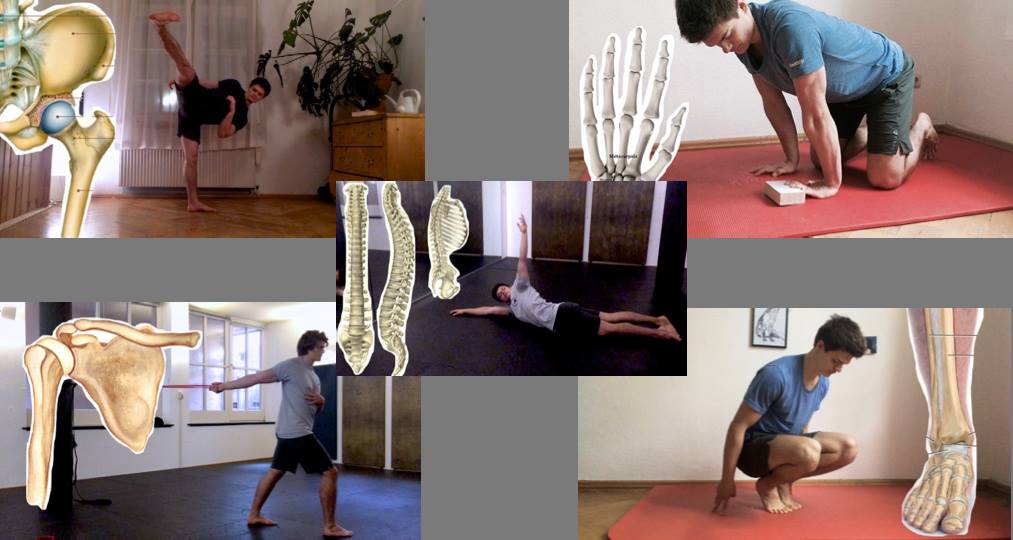
Dein Körper kann so viel. Oder: dein Körper könnte so viel. Denn was er vor allem gut kann ist sich anzupassen. Täglich stundenlang inaktiv sein, die Gelenke nicht durchbewegen oder belasten, Körperhaltung (oder eher Körperfehlhaltung) – DAS hinterlässt spuren. Darauf passt sich dein Körper an – er wird belastungsUNresistent. Gehst du so nun in anspruchsvolle Kurse, etc. zeigt dir das auch dein Körper (siehe oben) ..
Ganz am Rande erwähnt leben wir in einer Zeit, in der es vorweg auf Leistung und Performance ankommt (maximales Gewicht, Zeit, die/der Beste sein, etc.), was dieses Phänomen noch verschlimmert. Ich kenne zu viele in meinem Alter, die am ENDE ihrer sportlichen Karriere stehen – meistens Verletzungsbedingt!
WAS MACHEN? Am besten keinen Sport? Garnicht mehr bewegen?
So auch nicht..
Wenn du aber langfristig funktionsfähig bleiben willst, solltest du dich um grundlegende Funktionen deines Körpers kümmern. Das ist zwar nicht so spannend wie Gewichte stemmen, Akrobatik oder rumturnen – jedoch notwendig.
Aus dem Grund habe ich die Serie BULLETPROOF BODY erstellt. Hand- und Fußgelenk, Hüfte, Wirbelsäule und jetzt Schultern. Einfache Übungen um deine Gelenke auf Bewegung vorzubereiten, täglich anwendbar.
Dein Körper wird es dir danken!
Reawaken Your Feet
In unserer modernen Welt sind Schuhe mit dicker Sohle, Einlagen und co fast zu einem Standart geworden. Oft ist der Schlaf die einzige Zeitspanne in der keine Schuhe getragen werden.
Was daran problematisch ist?
Unter anderem:
• durch passive Stützstrukturen (z.B. der verstärkte Fersenteil des Schuhs) Verkümmerung der Muskeln die eigentlich die Stützarbeit machen sollten
• dadurch resultierende Haltungsschwächen oder sogar -schäden wie ein kollabiertes Fußgewölbe (das sich übrigens auf die ganze Statik/Haltung auswirken kann und zu Schmerzen führen kann)
• mangelnde Belüftung der Füße (Bakterien finden das ja super..)
• Verseifte Sprunggelenke/ mangelnde Beweglichkeit/ Instabilität / Verlust der Koordination/ …..
Eigentlich ist es recht simpel: öfter mal die Schuhe ausziehen und Barfuß unterwegs sein (man muss ja nicht gleich Barfuß in die Arbeit gehen, es reicht als ersten Schritt zu sagen zuhause Schuhe und Socken aus!).
Die Übungen in dem Video sollen helfen Deine Füße aufzuwecken, die Fuß- und Sprunggelenk-stützende Muskulatur aufzubauen, die Koordination Deiner Füße zu verbessern und Versteifungen/“Verkürzungen“ zu lösen.
Du kannst diese Übungen zwar täglich machen, es reichen jedoch auch meistens zwei bis dreimal pro Woche.
Wrist Routine
Dieser Artikel soll zusätzlich zu meinem Video etwas mehr Einblick in meine Handgelenks-Routine geben. Ich nutze diese Sequenz um mich entweder vor einem Training im Bereich Hand- und Fingergelenk aufzuwärmen oder als extra Einheit um gezielt an meiner Kraft und Beweglichkeit zu arbeiten.
Die Routine eignet sich wirklich für jeden, der Stress auf sein Handgelenk ausübt – im Sport oder Alltag – und deswegen Übungen sucht, die sich gezielt dieser Problematik widmen.
Wenn Du also zum Bespiel turnst, Gewichte hebst, Akrobat, Crossfit Athlet oder Tänzer bist, kletterst, Handbalance betreibst, etc. – probiere doch mal aus, welche Vorteile Du spürst, wenn Du diese Routine in Dein Training integrierst.
Probiere diese Routine aus und stelle fest wie stark, mobil und stabil dein Handgelenk wird! Wenn du wirklich Probleme hast, kannst du diese Routine vor jedes deiner Trainings zum aufwärmen benutzen. Bei ernsten Problemen konsultiere bitte davor den Arzt deines Vertrauens!
Free your Hips#
Genauer gesagt: Die Übungen zielen darauf ab, den AKTIV ansteuerbaren Bewegungsumfang zu vergrößern.
Generell wird zwischen einer anatomischen (durch passive Bewegung = „stretching“) und einer physiologischen (durch aktive Bewegung = Muskelarbeit) Bewegungsgrenze eines Gelenks unterschieden, wobei die anatomische Bewegungsgrenze größer ist. Die physiologische Bewegungsgrenze (durch aktive Beweglichkeit) zu erhöhen ist jedoch für sehr viele Bewegungen notwendig (z.B.: Kick im Kampfsport, viele Elemente im Turnen).
Mehr dazu in meinen Artikeln zu Beweglichkeit.
Da diese Übungen tatsächlich etwas anstrengend und für die arbeitenden Muskel sehr ermüden sind würde ich für den Start empfehlen:
2-4 Durchgänge mit ca. 20 Sekunden Arbeitszeit im aufgewärmten Zustand. Wenn eine Übung zu schwer ist, gerne versuchen ob es besser wird, wenn sich irgendwo festgehalten oder am Boden abgestützt wird.
Free Your Hips Level 1:
Free Your Hips Level 2:
Free Your Hips Level 3:
Baue diese Übungen öfter mal in dein Training ein und du wirst merken, wie schnell sich die aktive Beweglichkeit verbessern wird!
Bulletproof Shoulders
Das Schultergelenk ist ein Gelenk, welches hauptsächlich muskulär gesichert ist – das muss auch so sein, da die Gelenkpfanne deutlich kleiner ist als der Gelenkkopf des Oberarmknochens.
Diese Tatsache ermöglicht eine sehr große Bewegungsfreiheit des Gelenks – jedoch auch eine erhöhte Verletzungsgefahr.
Viele können hier mitreden: Bewegungseinschränkungen, hier mal ein kleines Piksen, da mal ein leichtes Ziehen. Dann heißt es oftmals „Impingement“, „Frozen Shoulder“ und häufig: Sportpause.
Um es erst garnicht hierzu kommen zu lassen empfehle ich präventiv dafür (gerade bei Sportarten/Alltags-/Arbeitsbewegungen mit hoher Schulterbelastung) Übungen zur Kräftigung/Mobilisation des Schultergelenks.
!!! DISCLAIMER: Wenn du Probleme mit deiner Schulter hast, KÖNNEN die Übungen helfen, aber auch die Probleme VERSCHLECHTERN. Hier ist gesunder Menschenverstand gefragt: ganz langsam und vorsichtig starten und davor abklären welche Bewegungen du besser erstmal bleiben lassen solltest. !!!
Keypoints:
• im höheren Wiederholungsbereich arbeiten
• Mechanik und Ausführung vor Gewicht
• vor Trainingseinheit zum aktivieren / nach Trainingseinheit zum Kräftigen
• im Zweifel von Trainer helfen lassen
Und hier ein weiteres Video mit 4 meiner Lieblingsübungen.
You are as Old as your Spine
In diesem Teil der Serie zeige ich Dir ganz einfache Bewegungen, die du immer und überall durchführen kannst um deine Wirbelsäule und die darum liegende Muskulatur zu lockern.
Oftmals wird die Muskulatur der Wirbelsäule einseitig belastet,nämlich in einer stabilisierenden Position. Rücken gerade halten UNTER ALLEN UMSTÄNDEN! Das ist zwar unter hohen Belastungen/in vielen Situationen wichtig um unsere Bandscheiben/Rückenmark/Nerven/Wirbelkörper zu schützen, allerdings sollte die Wirbelsäule auch bewegt werden!
Die Wirbelsäule besteht aus 24 freien Wirbeln, zwischen jedem Wirbel sitzt eine Bandscheibe, welche unter anderem den Druck, der auf die Wirbelkörper einwirkt, verteilt. Jeder Wirbel ist mit Gelenkflächen ausgestattet und erlaubt so Bewegung zwischen den einzelnen Segmenten. Optimalerweise nimmt jedes Wirbelgelenk zum Beispiel an einer Beugen der Wirbelsäule teil, wodurch der Druck gleichmäßig über die Wirbel, bzw. die Bandscheiben verteilt ist.
Wenn Deine Wirbelsäule durch nicht-bewegen oder einseitige Belastung an manchen Stellen steif geworden ist, also wenn sich mehrere Wirbel als Einheit bewegen, nicht wie vorgesehen einzeln, verteilen sich die Kräfte nichtmehr proportional, sondern sind auf manchen Wirbeln und deren Bandscheiben höher als auf anderen.
Dadurch ausgelöste Rückenbeschwerden sind keine Seltenheit.
Die Übungen kannst Du alle auf einmal machen oder Dir eine Auswahl zusammenstellen, die Du vor deinem Training, zum Aufwärmen, als Cooldown, nach dem Aufstehen, etc. durchführst.
Hier noch ein paar Videos, die Wirbelsäulenbewegungen zeigen:
Susan Harper von Continuum Movement mit einer Demonstration, die zeigt, wie flüssig und geschmeidig die Wirbelsäule bewegt werden kann ..
In diesem Sinne: Stay Loose!!
Nil
